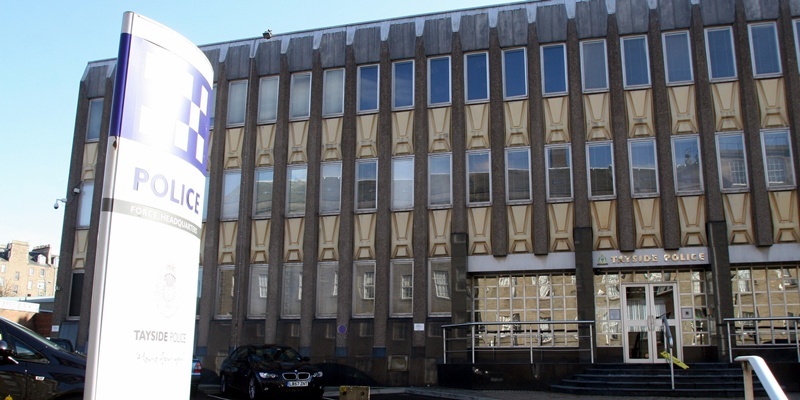Creating a single Scottish police force risks putting “undue power” in the hands of its chief constable and leaving him or her at risk of interference from politicians.
That is the official view of Tayside Police, which has taken part in a Scottish Government consultation on its proposal to scrap the current system of eight forces.
Councillors on the joint board that oversees the Tayside force last month backed the idea of cutting the number to four. The force itself has not offered a direct opinion on the way forward, but it has warned of the potential pitfalls of change.
It has told ministers, “Should the decision be taken to move to a national force, the risk of a single chief constable being seen as unduly exposed to political influence becomes very real.
“Likewise … the local identity between policing boards and existing forces will be lost. It would be important to ensure that any changes to existing structures would allow for local accountability and that a democratic deficit is not created at a local level.”
While it was true that shrinking budgets posed a major challenge, it argued, “this does not necessarily mean that structural reform is inevitable or desirable.”
There was potential to reduce duplicated efforts in training, policy development and corporate support, and the setting of national standards would reduce the risk of “postcode policing”.
However, the experience of forces in England showed that collaboration could be an alternative to mergers. Tayside is already pursuing efficiency savings through the Quad Force project along with its Fife, Central and Lothian and Borders counterparts.
“Early work has identified significant opportunities to make efficiency savings in areas such as training and specialist operational support whilst maintaining or improving service delivery. This can be achieved within existing structures and without the expense associated with structural change.”
Continued…
The government argues the current structure is unsustainable. But Tayside Police has told ministers there is “no consistent evidence to suggest that either large or small is most effective” and the focus should be on getting the operational model right.
“A model too heavily focused on centralisation could have a significant impact on local economies, particularly those furthest removed from the central belt. This could manifest itself in a significant reduction in local jobs and reduced spending within the local economy,” it said.
There were weaknesses with the present system, including the ability of police board members to properly hold their chief constable to account. That could be remedied with better training.
“Policing is a billion-pound service in Scotland. It is essential that whilst preserving and developing local accountability those responsible for the provision of professional governance and scrutiny have the skills to do so.”
The force, which has around 1200 officers, also said maintaining police numbers at a time when civilian staff are being asked to consider voluntary redundancy or early retirement is “problematic, uneconomic and divisive.”
“The service must be free to develop the appropriate workforce mix where flexibility is the key to effective service delivery. A focus on police numbers alone without considering the wider issues is unhelpful.”
Dundee Community Safety Partnership took part in the consultation and warned of the potential for “unintended consequences” from reform and praised Tayside Police for cutting crime.
Several chief constables have come out against the single force proposal, although the head of the Strathclyde force is in favour.
Justice secretary Kenny MacAskill says the move could save more than £150 million annually.
